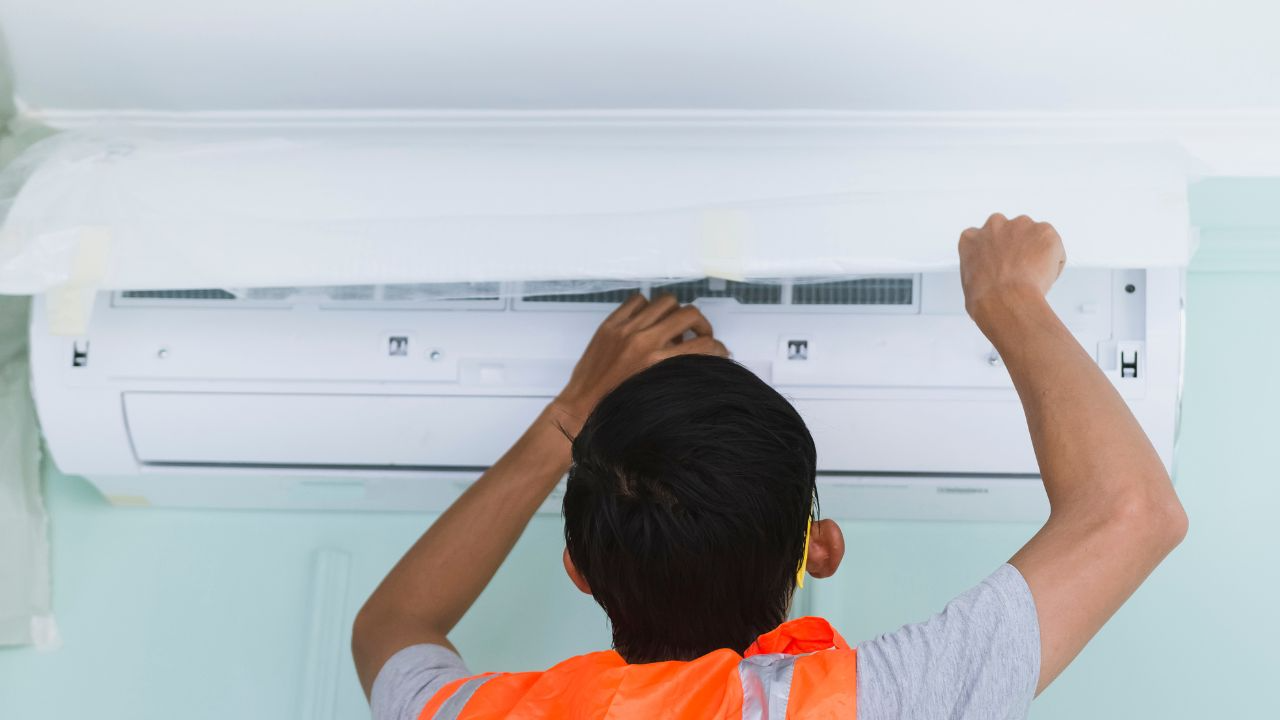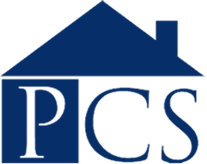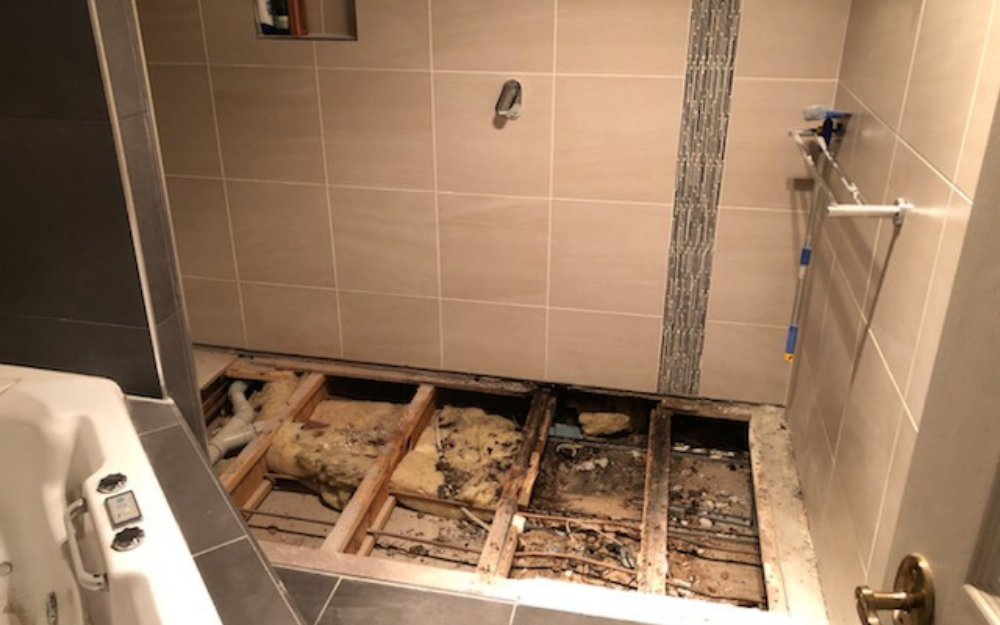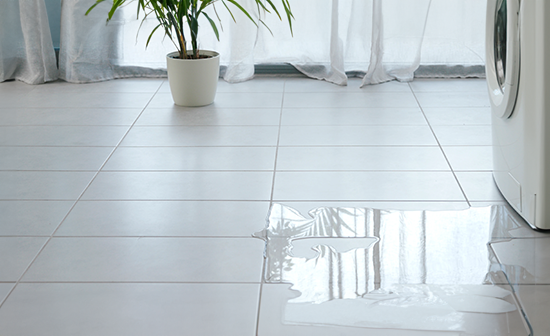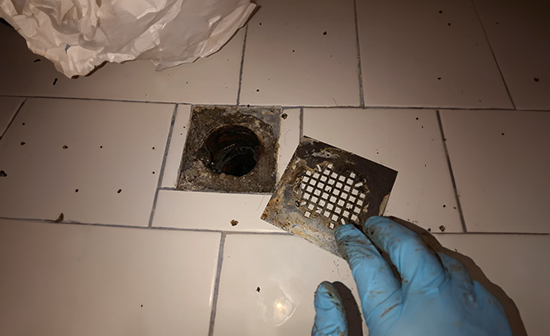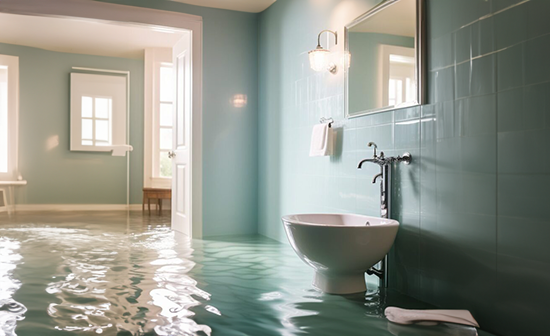- Mon-Fri: 9:00AM-6:00 PM
- info@preferredclaimsolutions.com
Water Damage Insurance Claim
- Home
- |
- Water Damage Insurance Claim
Understanding Insurance Claims for Pipe Leaks
Understanding Insurance Claims for Pipe Leaks
1. Assess the Damage
Upon discovering a pipe leak, immediately assess the extent of the damage. Look for visible signs of water damage, such as damp spots, water damage and water stains. Document everything with photos and detailed notes.
2. Contact Your Insurance Company
Notify your insurance company about the pipe leak as soon as possible. Provide them with the documentation you have collected and follow their instructions for filing a plumbing insurance claim in Florida .
3. Temporary Repairs
To prevent further damage, make temporary repairs where necessary. This might include shutting off the water supply to the affected area or using sealant to patch minor leaks. Keep receipts for any materials purchased, as these costs may be reimbursable.
Common Causes of Pipe Leaks
- Several factors contribute to pipe leaks in Florida, including:
- Aging Plumbing Systems: Older pipes are more susceptible to corrosion and leaks.
- High Water Pressure: Excessive water pressure can stress pipes and lead to leaks.
- Tree Root Intrusion: Roots can infiltrate and damage underground pipes.
- Temperature Fluctuations: Florida temperature changes can cause pipes to expand and contract, leading to leaks.
- Improper Installation: Faulty plumbing installations can result in weak points that develop leaks over time.
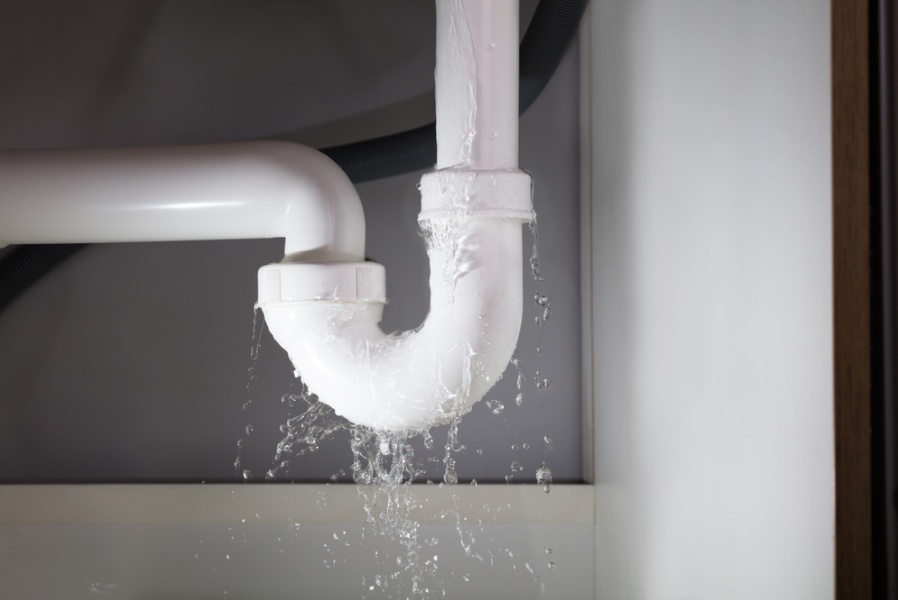
Frequently Asked Questions
Immediately after discovering water damage, assess the damage, document it with photos and notes, and contact your insurance company to start the claim process.
While you can handle the claim process yourself, it can be complex and time-consuming. Hiring a professional claims adjuster, like Preferred Claim Solutions, can help ensure that you receive the maximum compensation.
A typical water damage insurance policy covers water damage remediation and repair of affected areas. However, coverage can vary, so it’s essential to review your policy details.
Yes, keep all receipts for any temporary repairs and mitigation efforts. These costs are often reimbursable by your insurance company.
The length of the claims process can vary depending on the extent of the damage and the responsiveness of your insurance company. It can take anywhere from a few weeks to several months.
Yes, if you believe the settlement offer is too low, you can dispute it. Preferred Claim Solutions can help you with this process to ensure you receive fair compensation.
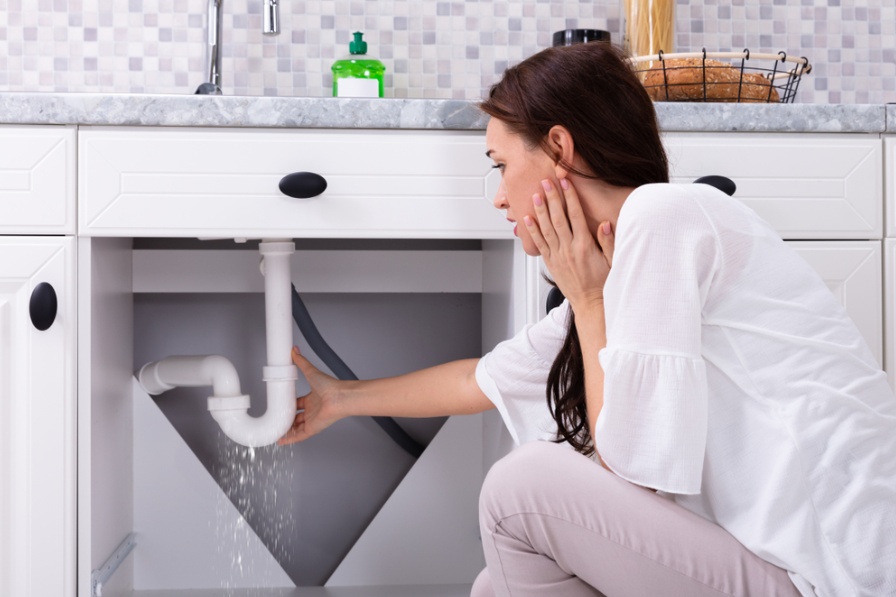
How Preferred Claim Solutions Can Help
Expert Claims Assistance
At Preferred Claim Solutions, we understand the complexities of plumbing insurance claims in Florida . Our team of experts will guide you through the entire process, ensuring all necessary documentation is completed accurately and on time.Compensation you deserve
Obtaining the Settlement You Deserve
Our goal is to help you obtain the compensation you deserve. We work closely with you and your insurance company to ensure all aspects of the water damage are thoroughly accounted for and accurately valued.How to Identify and Fix Bathroom Leakage Problems
Bathroom leaks can be a homeowner’s nightmare, leading to water damage, water growth, and costly repairs if not addressed promptly. Identifying and fixing bathroom leaks early is crucial to maintaining the integrity of your home and avoiding expensive fixes down the line.
Identifying Bathroom Leaks
The first step in tackling bathroom leaks is to identify the source. Leaks can originate from various places, including faucets, showerheads, toilets, and pipes hidden behind walls or under floors. A common sign of a bathroom leak is the presence of water stains on ceilings or walls, particularly in rooms adjacent to or beneath the bathroom. Water damage or mildew, musty odors, or loose tiles can also indicate a hidden leak.
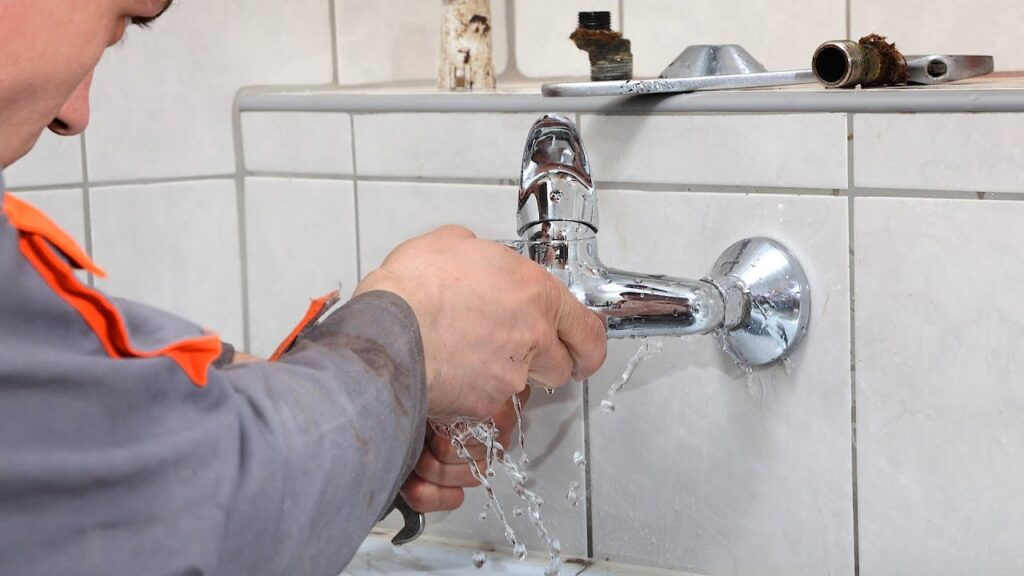
Fixing Bathroom Leaks
Once you’ve identified the source, you can take steps to fix the problem. For minor leaks, such as a dripping faucet or showerhead, replacing worn-out washers or O-rings often solves the issue. If the problem is with the caulking, remove the old caulk, clean the area thoroughly, and apply a new, waterproof sealant.
For more serious issues, like leaks from hidden pipes, it may be necessary to call a plumber. Professional assistance is crucial for handling leaks that require accessing pipes behind walls or under floors to avoid further damage.
Regular maintenance, such as checking seals and caulking, can help prevent bathroom leaks before they start, saving you time, money, and stress.
